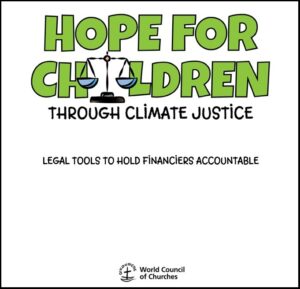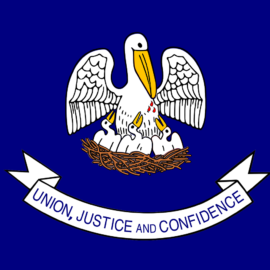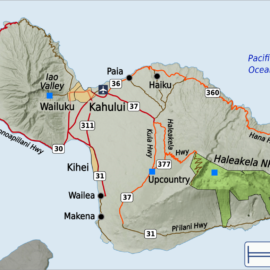A new publication from the World Council of Churches (WCC) advocates for climate justice by focusing on tools which can hold financial actors accountable for fossil fuel investments, creating positive change and hope for children both now and in future generations.
Hope for Children Through Climate Justice:  Legal Tools to Hold Financiers Accountable. (World Council of Churches, 2025)
Legal Tools to Hold Financiers Accountable. (World Council of Churches, 2025)
This handbook seeks to raise awareness of strategic legal opportunities which can be effectively used to confront climate issues. Children and young people are the focal point, because they bear the brunt of health and developmental impacts from climate change while having little or no political influence. Financial institutions are the suggested targets of legal action (including, but not limited to, litigation) because fossil fuel investments in polluting activities enable “financed emissions.” Those financed emissions can be reduced and harmful climate impacts can be mitigated to the extent that legal accountability can be imposed on the financiers of the businesses that pollute.
The geographic breadth of scope of this handbook is international, featuring case studies from across the globe, such as Held v. Montana and Do-Hyun Kim et al. v. South Korea (both of which were decided for the plaintiffs who filed the lawsuits), as well as McVeigh v. REST from the Federal Court of Australia. The handbook also discusses examples of legal proceedings such as administrative law claims to hold governmental regulatory agencies more accountable and advisory opinions before regional and international courts such as the Inter-American Court for Human Rights (IACtHR), the International Tribunal for the Law of the Sea (ITLOS), and the International Court of Justice (ICJ) that address the obligations of both state and non-state (i.e., corporate) actors. The publication points out the necessity of protecting the rights and interests of juvenile plaintiffs during the legal processes, carefully assessing risks such as backlash, and considering the use of non-litigious efforts.
One of the handbook’s most interesting sections is its discussion of how recent developments in “attribution science methodologies” have provided factual bases for establishing legal liability for climate change impacts. It highlights “event attribution” and “source attribution” as the key elements of these new methodologies: event attribution enables climate scientists “to determine whether anthropogenic climate change altered a particular weather event”; and source attribution “enables climate scientists to identify what emission sources are contributing most to climate change.”
The WCC handbook’s significant textual value is further enhanced by over 150 endnotes, many of which have embedded links that allow readers to access the sources that the handbook both discusses and quotes. Its conclusion speaks of hope and transformation: “The WCC stresses that legal action is not just about addressing past wrongs, but about building a sustainable, hopeful future … The hope embedded in these legal actions is the hope of transformation — a belief that through accountability, we can reshape the world into one where both humanity and the planet can flourish.”
The publication is available via the WCC website as a free 52-page PDF download or as a for-purchase hard copy. A 4-page flyer providing highlights and other related materials are also available from this site:
https://oikoumene.org/resources/publications/hope-for-children-through-climate-justice
________________________
The World Council of Churches is the copyright holder for the title page produced here with its permission.
Thanks to environmental lawyer Jonathan Sebastian Leo and Amelia Willits-Smith for their valuable contributions to this post.



